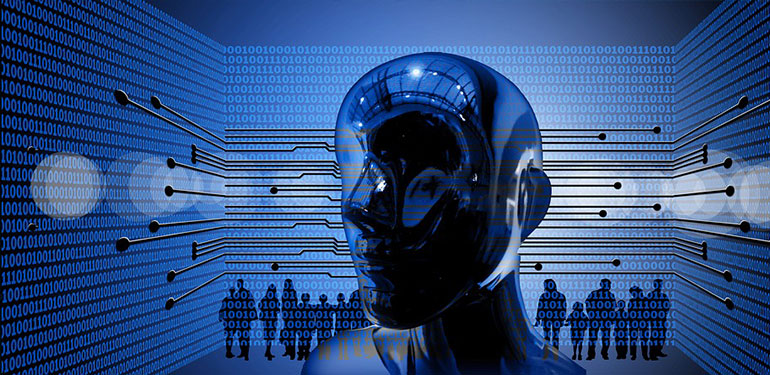Projects
Churn Prediction for CRM
With noSQL databases companies are capturing every interaction between a customer and a company. Such temporal and unstructured data present opportunities for applications of relatively new memory-augmented recurrent neural networks to model sequences of customer events with the particular goal of predicting retention. The combination of heterogeneous events mixing random and regular time intervals and the relative short length of many individual observations make traditional time series modeling unsuitable.
By using data from corporate partners, we conclude that deep learning approaches have higher predictive power than traditional machine learning approaches.
Anomaly Detection with Recurrent Neural Networks
We consider a classification problem on labeled temporal data where one label, the minority label, is seldom present in the training data and thus we consider the data set to be imbalanced. Typical applications of this type are churn predictions, fraud detection, and rare event predictions. It is difficult to achieve a high classification accuracy for imbalanced datasets as most algorithms assume that the data set is balanced. Most methods for improving model performance on imbalanced data involve decreasing the data imbalance in the training set in order to satisfy the assumptions made by an algorithm.
We study methods that cope with imbalanced data sets and are based on recurrent neural networks. In particular, we have designed models relying on ensemble, auto-encoders and generative adversarial networks. Data from a research partner is used in the study.
Robust Embeddings from Multiple Corpora
Corporations have many corpora in different areas. Maintaining a separate word2vec embedding model for each corpus is burdensome and fragile. We use generative adversarial networks to generate single embeddings that are robust across all corpora.
http://dynresmanagement.com/uploads/3/5/2/7/35274584/gan-corpora.pdf
Nested Multi-Instance Image Classification
There are classification tasks that take as inputs groups of images rather than single images. In order to address such situations, we introducea nested multi-instance deep network. The approach is generic in that it is applicable to general data instances, not just images. The network has several convolutional neural networks grouped together at different stages.
We also introduce methods to replace instances that are missing and a manual dropout when a whole group of instances is missing.
http://dynresmanagement.com/uploads/3/5/2/7/35274584/multi-instance-image.pdf
Definition Modeling for Explainable AI
Today’s Natural Language Processing systems rely on word embeddings, which are vector representations of terms. Embeddings have been shown to capture word syntax and semantics, but because the embeddings are opaque numeric vectors, it is difficult to determine exactly what word information they capture. This limits our ability to use embeddings in applications, or to improve the embeddings. We are addressing this limitation by developing definition models, which make the semantics captured by embeddings explicit by writing out a natural-language definition for each word vector. See our demo and the paper for more.
Tabel: Entity Linking in Web Tables
A large amount of the relational data on the Web is expressed in tables. It has been estimated that the Web contains more than 150 million relational tables, and English Wikipedia alone features more than a million high-quality relational tables. A key step in turning this Web content into machine-processible knowledge involves linking the entities mention in the tables to a knowledge base. This problem is difficult due to ambiguity – for example, the word “Chicago” in a table may refer to the city, the stage musical, the movie, and so on. The TabEL system automatically links entities in tables to their referent entry in a knowledge base, and has been shown to be more accurate compared to systems in previous work.

